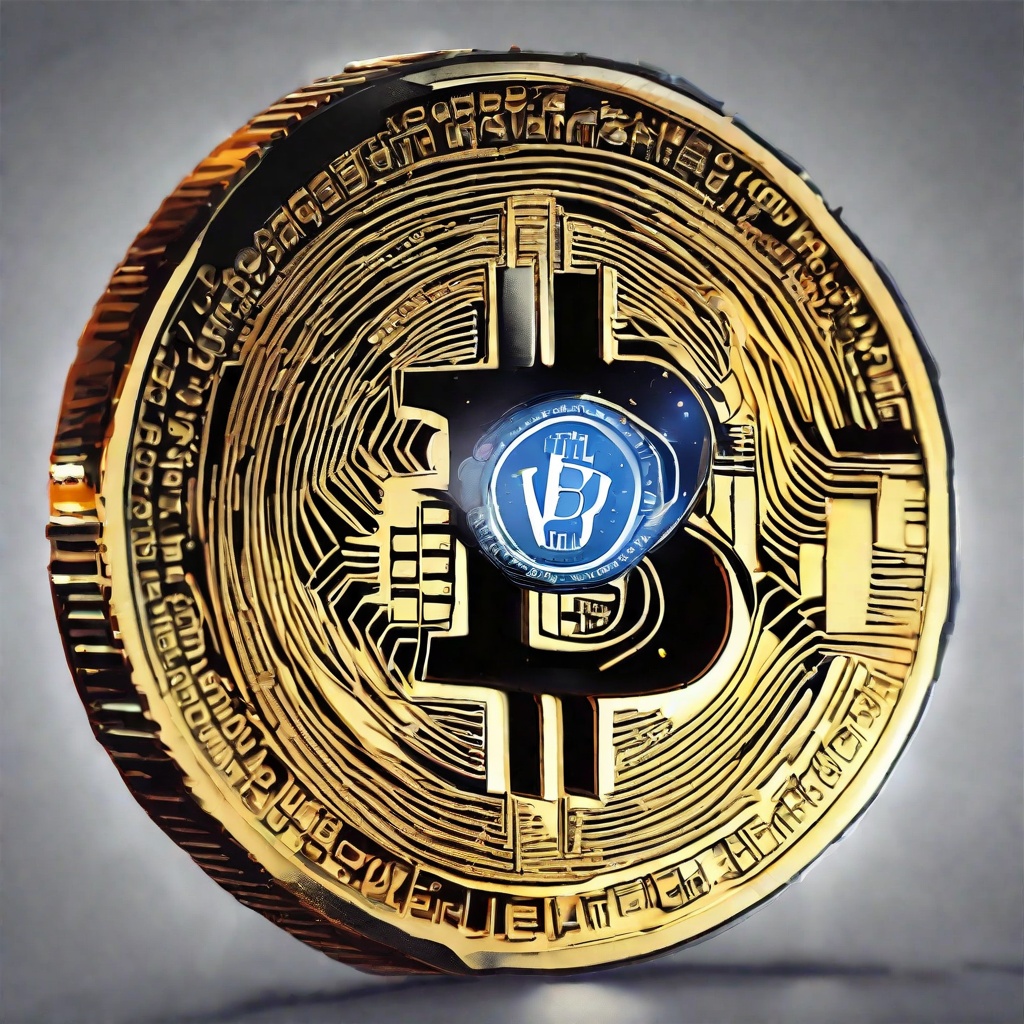What is the difference between Litentry and other Did projects?
Could you elaborate on the distinct features that set Litentry apart from other decentralized identity (DID) projects in the crypto space? How does it uniquely address the challenges of identity verification, privacy, and interoperability, and what are its key technological or philosophical differences? Understanding these aspects would help appreciate the value proposition of Litentry within the broader landscape of identity solutions.

What is the difference between R5 and Rally2?
Can you elaborate on the distinction between R5 and Rally2? I'm particularly interested in understanding the key differences in terms of their functionalities, use cases, and potential benefits for users and investors. Is there a specific area where one platform excels over the other, or are they comparable in certain aspects? Additionally, how do they compare in terms of market adoption, user experience, and overall ecosystem development? I'm looking forward to gaining a deeper insight into these two platforms.

What is the difference between latches and flip-flops?
Could you please elaborate on the fundamental distinction between latches and flip-flops in the realm of digital electronics? How do their operational mechanisms differ, and what are the specific applications where each of them excels? Understanding this distinction is crucial for designing efficient digital circuits, so I'm eager to gain a clearer picture.

What is the difference between ramps and mega ramps?
I'm curious to understand the distinction between ramps and mega ramps in the context of cryptocurrency and finance. Could you elaborate on the key differences between the two, including their functionality, purpose, and any notable characteristics that set them apart? Additionally, how do they impact the overall market dynamics and user experience within the cryptocurrency space?

What is the difference between Pol and MATIC?
Could you please clarify the difference between Pol and MATIC? As both seem to be involved in the blockchain and cryptocurrency space, I'm interested in understanding their unique features, use cases, and how they differ from each other. Are they both tokens or do they have different functionalities? Furthermore, which one is more popular in the market and what are their potential growth prospects? Thank you for your insight.

